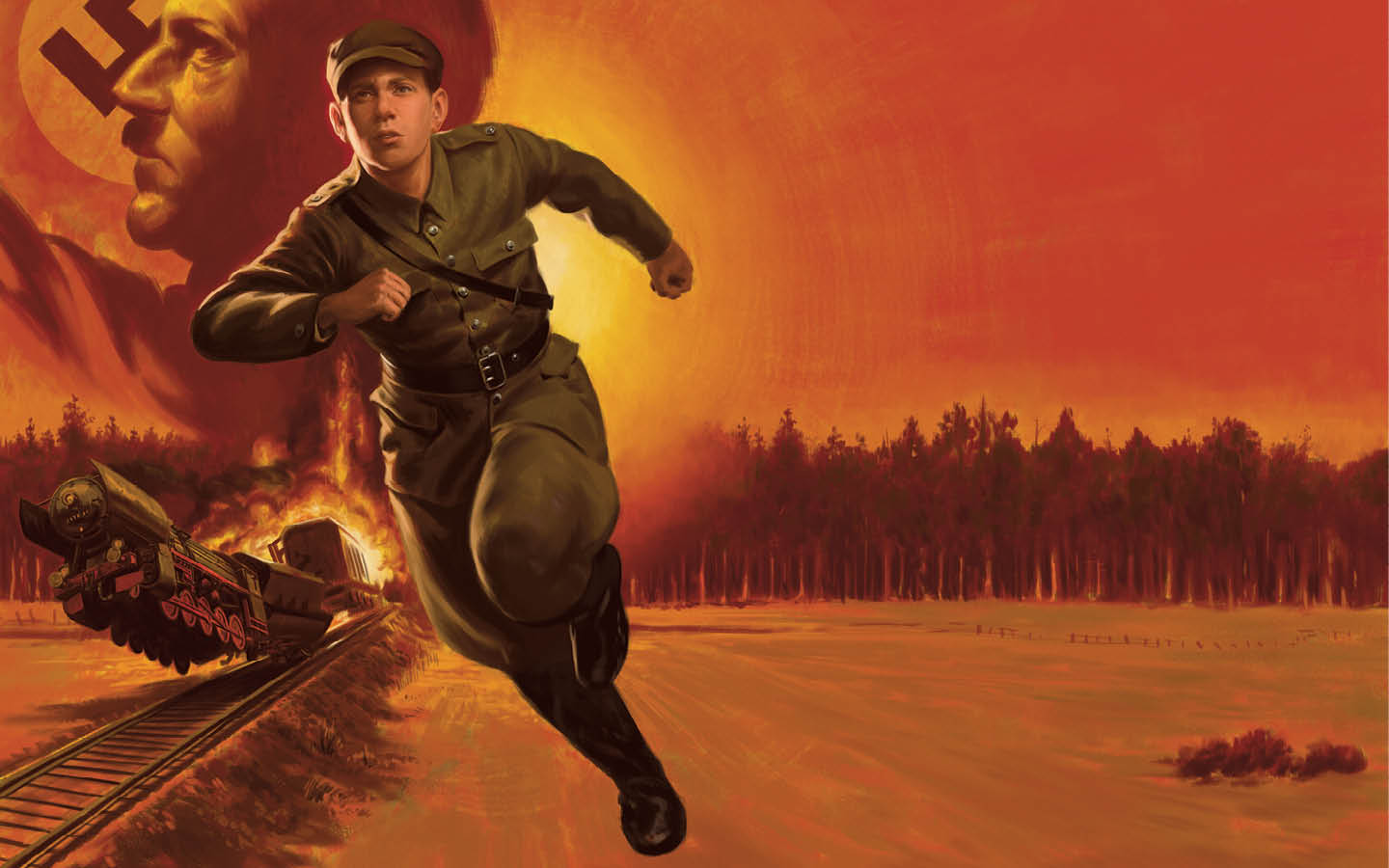Jewish Partisan Educational Foundation
You probably know a kid like Ben Kamm. He’s short but strong—the boy with big ideas and a quick smile. But Ben grew up in a different place and time than you. He lived in Warsaw, Poland, in the 1920s and ’30s.
Try to imagine Ben running through the crowded city streets with his friends. They zigzag around fruit sellers. They rush past men with long, gray beards. You can hear the boys shouting goodbye as they head home for dinner.
But wait, do you hear that too? As Ben walks by a neighbor, the man says something in Polish.
Brudny Zyd. Dirty Jew.
Ben shivers, but he is used to these words. Anti-Semitism—prejudice against Jewish people—is a fact of life in Europe at the time.
Like most of Warsaw’s 350,000 Jews, Ben tries not to think about it. He holds his head up and walks on.
You probably know a kid like Ben Kamm. He’s short but strong. He has big ideas and a quick smile. But Ben grew up in a different place and time than you. He lived in Warsaw, Poland, in the 1920s and ’30s.
Picture Ben running through the city with his friends. They zigzag around fruit sellers. They rush past men with long, gray beards. You can hear the boys shouting goodbye as they head home for dinner.
But wait. Do you hear that too? As Ben walks by a neighbor, the man says something in Polish.
Brudny Zyd. Dirty Jew.
Ben shivers. But he’s used to these words. Anti-Semitism (prejudice against Jewish people) is a fact of life in Europe at the time.
Like most of Warsaw’s 350,000 Jews, Ben tries not to think about it. He holds his head up and walks on.
You probably know a kid like Ben Kamm—short but strong, with big ideas and a quick smile. But Ben grew up in a different place and time than you. He lived in Warsaw, Poland, in the 1920s and ’30s.
Try to imagine Ben running through the crowded city streets with his friends. They zigzag around fruit sellers and rush past men with long, gray beards. You can hear the boys shouting goodbye as they head home for dinner.
But wait, do you hear that too? As Ben passes a neighbor, the man says something in Polish.
Brudny Zyd. Dirty Jew.
Ben shivers, but he is used to these words. Anti-Semitism—prejudice against Jewish people—is a fact of life in Europe at the time.
Like most of Warsaw’s 350,000 Jews, Ben tries not to think about it. He holds his head up and walks on.

